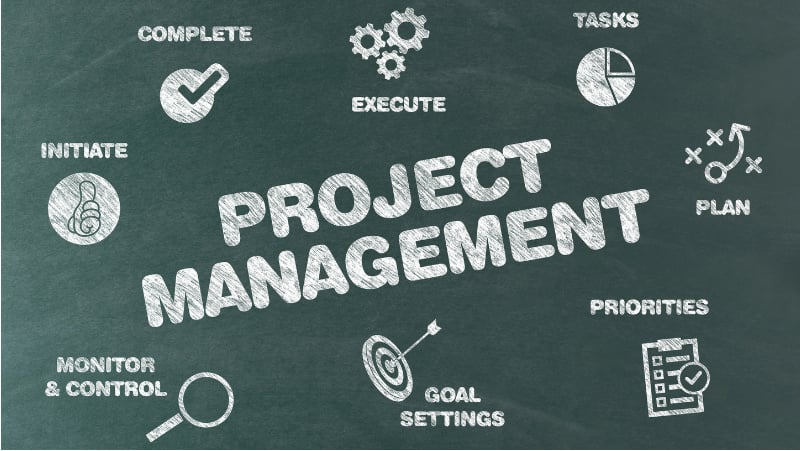
A successful bank core conversion, RDC conversion, ACH/wire platform upgrade, or other system platform change is about choosing the right route for your bank. While some banks have a clear path in mind, it's wise to explore all routes before choosing a course of action. If managing customer support during a core conversion or platform transition feels daunting, our roadmap can guide you to ensure an outstanding customer experience in just 90 days.
What Are the Routes to a New Banking Platform?
Fundamentally, there are two routes to a system platform change:
1. Big Bang - a full replacement in one go.
2. Phased Implementation - a staged approach, which can be further broken down into two core offerings:
- Build and Migrate - new offering gets established on the new core system and customers are migrated across gradually, and
- Progressive Migration - business is sequentially migrated to a new platform.
Each method has its pros and cons which can be determined via a detailed assessment of risks and costs. The route taken will depend upon the bank’s business drivers to include:
- Why the bank is changing its systems
- Nature and size of the business
- The urgency of the project
- Appetite for risk
- Number of products
- The complexity of IT
- Effect of risk on the business
- The financial impact of the conversion - does the bank need a fast result at a lower cost but higher risk, or can it afford to take its time and cut risk?
The Pros and Cons of a Big Bang Approach
Big bang projects have the potential to cost less and deliver in shorter time frames but carry greater risk than a phased approach.
Advantages of the Big Bang approach:
- Shorter implementation timeline if all goes to plan
- Cost savings from less time being spent maintaining both systems
- Intense project focus - all resources focused on change management at one time can be a positive experience
- Smaller, less complex customers can benefit from a swift transition
Disadvantages of the Big Bang approach:
- Every issue and glitch is seen by everyone including end users and stakeholders which can undermine the success of the project
- The rip-and-replace approach carries high risk with no time built in for parallel testing
- Return on Investment (ROI) can not be realized until the entire project is completed
- One glitch can delay the whole project
The Big Bang approach is not for the faint-hearted and is arguably better suited to smaller, less complex customers.
The Pros and Cons of a Phased Implementation
Crossing over to a new system in a series of planned waves allows banks the chance to migrate (and iron out any bugs in the process) lower-tier customers first before hitting the higher-value tier 1 customers. Phased implementation can be conducted in two main ways:
1. Build and Migrate
Building and Migrating has become possible through the introduction of modular software. The project is built in parallel to the existing system and customers are migrated across over time. The time to full migration and project completion may be longer but time and costs are predictable.
2. Progressive Migration
Progressive migration, also known as wave migration, takes place in stages. Customers are divided into tiers and migrated to the new system one tier at a time. This approach is often adopted by big banks and suits large complex organizations that want some early business benefits but very low risk.
Advantages of phased implementation:
- Lower-tier customers can be moved quickly across to the new system realizing ROI in a comparatively short time
- More time for parallel testing with overlap of system rollout
- Can be used to target early adopters who may be more understanding of bugs
Disadvantages of the phased approach:
- Having to maintain the old system brings an additional cost
- The intensive ‘go live’ period is repeated, and the project can last for a longer duration
- Focus can become diverted to the ‘go live’ tier leaving other tiers neglected during the testing phase
Find the Platform that Best Fits your strategy and Make Sure You Provide First-class CX
Whether you opt for a phased implementation, or a big bang approach will depend upon your bank's requirements. Whichever route you choose, customer experience should be prioritized at all times. Outsourcing to a specialized contact center to help your clients implement new banking software, install RDC scanners, or learn how to set up their ACH templates is an efficient way to ensure excellent client experience during a conversion or system upgrade.
Our Technical Assistance Center (TAC) is a contact center and proprietary scheduling software that handles your client’s onboarding and training needs. We will work with you to understand your requirements and map out a plan to complete your program goals in an efficient timeline.
